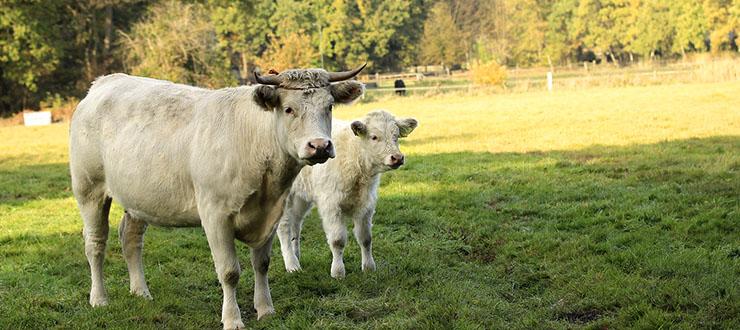
When choosing a seed for your livestock’s forage-based diet, look no further than Prine. Ragan & Massey’s Prine™ Tetraploid is the most commercially available ryegrass variety developed by the outstanding University of Florida ryegrass breeding program. This high-yield, rust- and disease-resistant tetraploid variety withstands cold temperatures to improve forage yields.
Ryegrass is one of the most important winter annual grazing crops. It dominates as the top forage seed from late winter through late spring. According to the University of Florida Extension, more than one million hectares of annual ryegrass are grown each year in the Southeast, from eastern Texas and Oklahoma to the southern East Coast. Ryegrass has been adapted to many soil types and pH levels. It also provides proven animal performance. Its dry matter digestibility is greater than 65 percent and its crude protein content exceeds the requirements for most livestock. Prine is ideal for goats and sheep and also cows with an added high magnesium mineral. Prine may also be used for horses, just be sure to speak with a vet about adjusting them to ryegrass to avoid colic. Here are three things to remember when planting Prine:
Plant Prine when all danger of frost has passed.
While fall is the number one time to plant Prine, spring is a close second. Ryegrass grows best when soil temperatures are between 50 and 65 degrees which usually coincides with daytime temperatures of 60 to 75 degrees. Ryegrass doesn’t like extremes; so high summer temperatures in the 90s and low, cold, winter temperatures, can affect how well Prine grows.
Plant Prine every year.
Prine is non-GMO ryegrass seed variety. It is also an annual, not perennial, and needs to be sown each year. Ryegrass receives a boost when fertilizer is added to the soil. Nitrogen can improve early season growth.
Plant in an area that receives plenty of sunshine.
Annual ryegrass grows best in full sun to lightly shaded areas. It won’t produce well in extremely shaded areas. To plant, seed 25 to 40 pounds per acre at a quarter-inch depth. Ryegrass has also been known to improve soil erosion as it has an extensive root system. Prine delivers better grazing, tetraploid vigor, increased plant size, has a high sugar content and wide, succulent leaves. It’s also widely available across the south. Go here to find it in a store near you and make this spring’s pasture the most nutritious yet!
